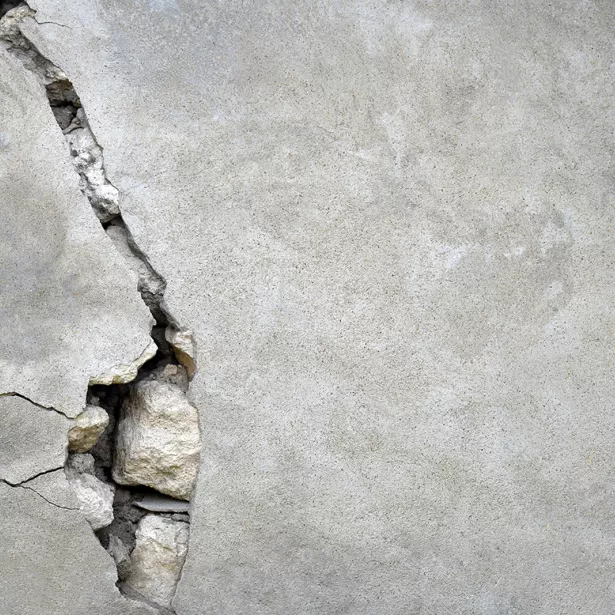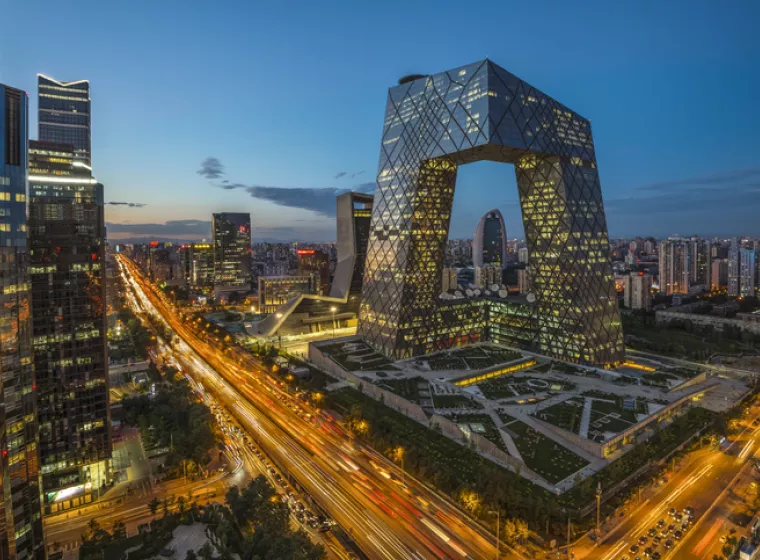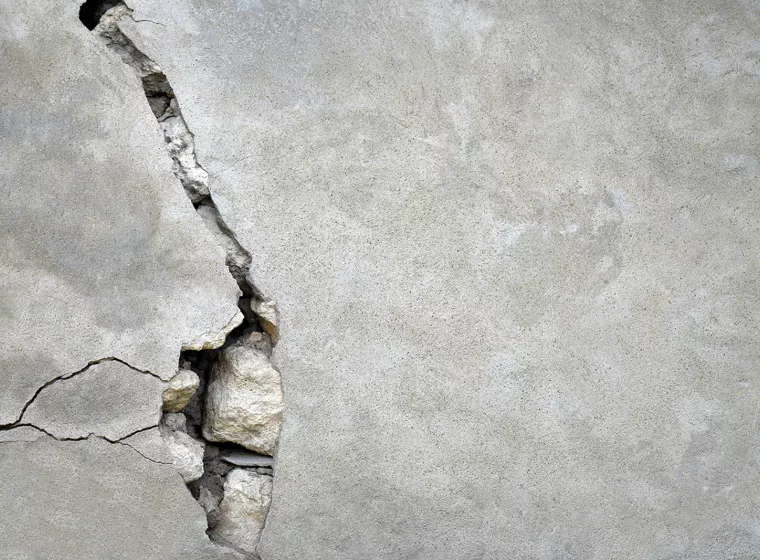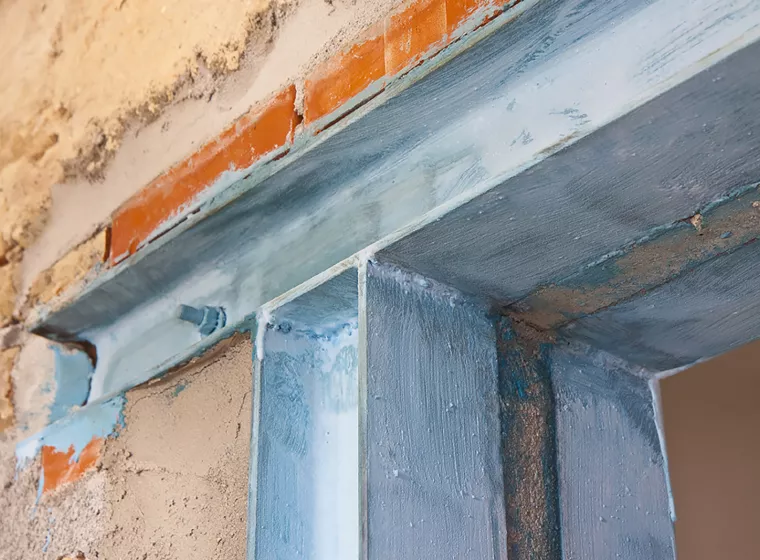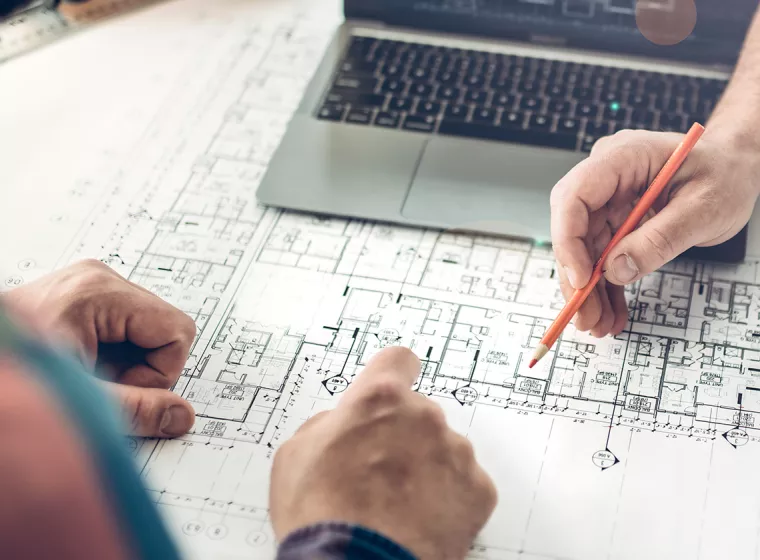March 10, 2022
Understanding earthquake risk, hazard, and the future of urban planning and design
Few phenomena fascinate and terrify people like earthquakes. Although most earthquakes are small and happen frequently all around the world, cautionary tales from Chile, Alaska, California, Indonesia, and Ecuador prove their crippling power.
Earthquakes are not only deadly but wreak havoc on economies and infrastructure that can take decades or longer to overcome. Japan's 2011 Tōhoku earthquake took nearly 20,000 lives, leveled 120,000 buildings, and damaged or half-destroyed a million more. It ranks as the most expensive natural disaster in modern history at an estimated $250 billion. Recovery efforts have been extensive over the past 10 years and continue.
Preparing for large, potentially devastating events in prone regions is top-of-mind for stakeholders ranging from city planners to first responders, building owners, contractors, insurers, engineers, and legal professionals. But what about events that debilitate regions where earthquakes have been rare — and therefore unexpected and unplanned for? What level of threat do small or moderate earthquakes really pose?
While cities like San Francisco, Tokyo, Lima, Istanbul, and others more heavily invest in seismic engineering, should cities without significant precedent do the same?
How, across the world, can we build more sustainable and resilient earthquake-ready cities?
Magnitude, hazard, and risk
First reports of earthquakes inevitably give the location and the "magnitude". Many people mistake magnitude for the impact of an earthquake on infrastructure, but this can be misleading. While extreme-sized events are more likely to result in extreme outcomes, a structure built without any regard for seismic safety could still be vulnerable to small or moderate magnitudes. Depending on the size, use, occupancy, and location of a building, even small events can have big consequences for not only the building but for the community as well.
Consider a city that rarely sees snowfall, and when it does, car accidents spike and public transportation grinds to a halt because people and systems are ill-equipped. Similarly, imagine a city that experiences a rare heat wave and finds itself dealing with hospitalizations or deaths because most buildings don't have air conditioning.
The same concept holds true for earthquakes — it's not only the size of an event or its frequency that determines risk. In fact, like a brief but heavy snowfall or an unusual heat wave, a small or moderate earthquake in a place where hazard (the likelihood of an event) is low, and the community unprepared, could still have severe impacts. This is crucial to modern urban planning, because while some cities necessarily focus on earthquake preparedness, most are more vulnerable than they realize.
A modern case
Earthquakes are common in New Zealand, so the country's building codes generally account for seismic engineering measures. However, when the 2010 Canterbury 7.1 magnitude earthquake hit the south of the country, followed by a magnitude 6.3 aftershock nearly six months later in Christchurch, an incredible one-third of the city's buildings needed to be demolished.
It's important to emphasize that many of the buildings in Christchurch were broadly compliant with modern seismic building codes. But modern codes are centered on life safety, not economic losses of post-earthquake occupancy. While ruinous, the Christchurch earthquake resulted in approximately 185 deaths, which is thankfully less than might be expected for so many damaged buildings.
However, because structural engineers design buildings in a way that is analogous to vehicles — cars are made with "crumple" zones that will bear the brunt of an extreme event while protecting the lives within — the building design in Christchurch, from purely an engineering perspective, could be interpreted as a success.
Modern building codes, decoded
Not all buildings are engineered to withstand earthquakes. In reality, it isn't feasible to make every building, business, bridge, tunnel, etc., impervious to the forces of nature. Determining which buildings require stronger safeguards is the responsibility of governments and all participants in the planning and construction processes, from concept to commissioning. Comprehensive seismic risk assessments help stakeholders determine the level of seismic design required so that in a catastrophic event the best measures are in place to save human lives and ensure the availability of emergency services.
Seismic risk assessments must account for complex factors, including the geologic makeup of the region and the city, but in basic terms, seismic risk can be qualified by multiplying what could happen in an event — the impact of a building failure — by the hazard or likelihood of the event (e.g., how many earthquakes are anticipated every 100 years, 250 years, and so on). This equation is the foundation of modern building codes.
Combined with criteria categorizing the type of building, its function, and density of occupancy, a seismic risk/design category will be defined that dictates the regulatory and safety codes that apply to the building.
For example, given a severe earthquake that happens about once every 500 years, a hospital would be designed with stringent standards to remain functional so that it can provide emergency services. For the same level of earthquake, however, single-family homes would be designed such that casualties are avoided but damage may be extensive enough that the home cannot be safely occupied.
More resilient, more sustainable cities
Building codes alone are no guarantee against effects like those of the Tōhoku or Christchurch earthquakes. Engineers are constantly learning, adapting, and testing building designs against new challenges. Climate change and the increasing frequency of extreme weather events are rapidly transforming risk and require new approaches to how cities and their infrastructure are designed.
Systematically integrating resiliency and sustainability considerations into all urban development planning — including seismic risk assessments — will be increasingly important to the future of our communities. However, terms like resiliency and sustainability are often used interchangeably or abstractly, which undermines their practical use in discussions of strategy and action.
Resiliency is the ability of a city to recover following a natural disaster. Good proxies for measuring this are the "three Ds" — death, dollars, and downtime — which may help inform seismic risk assessments and decision-making. In terms of death, some cities have rolled out extensive public education efforts that teach people how to respond in an earthquake. Turkey, for instance, implemented the campaign "Learn to Live with Earthquakes" following its 1999 disaster, which is reported to have taught millions how to behave, evacuate safely, and more.
For dollars and downtime, there hasn't been the same kind of public education. Christchurch has taken years to recover from the economic consequences of demolishing one-third of the city's buildings, including swaths of commercial enterprises and surrounding suburbs that were deemed uninhabitable. That may be longer than some citizens can wait.
Immediately following the 2011 aftershock, Christchurch's population dropped by 20,000 and didn't return to the same level until 2017. Other cities may never recover at all. Incorporating consequences such as these into the larger picture of seismic risk assessments could lead to different decision frameworks and seismic design philosophies.
Sustainability is the broad approach to urban development that prioritizes longevity, permanence, and the use of environmentally friendly materials while limiting negative impacts to people and places.
Sustainability involves, in part, robust building design that survives earthquakes, but also using locally sourced, renewable, or low-carbon footprint materials and fair labor practices. Using local labor is key to leveraging the intellectual capital of a region relative to the natural hazards and best practices in design unique to that place, which may also carry implications for resiliency in terms of speed of recovery.
Much like the evolution of seismic design practices, risk-informed urban development in the face of changing climate and weather will become the norm as societies balance the costs of building cities against the costs of losing them.
How Exponent Can Help
Exponent's earthquake consulting services include not only post-earthquake investigations of reported structural damage, failure, or collapse, but also pre-earthquake planning, which includes identification, quantification, and mitigation of risk through optimal new design strategies, performance-based upgrades, and customized repair solutions. With expertise in buildings and structures, civil engineering, materials, and geosciences, we offer multifaceted, holistic support to property owners, insurance and legal communities, design professionals, and government agencies.


